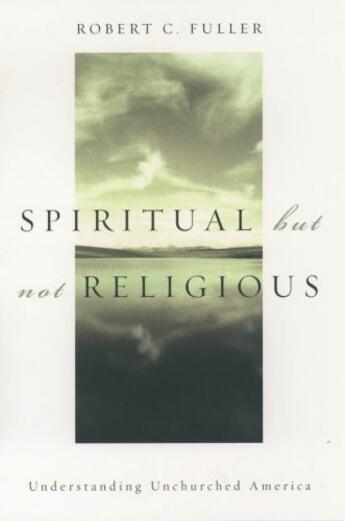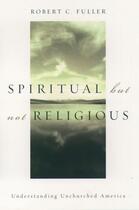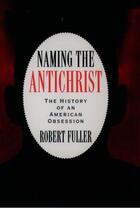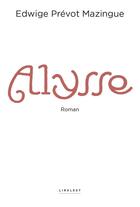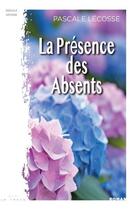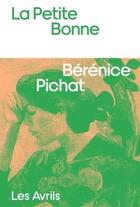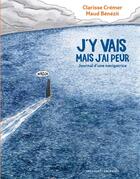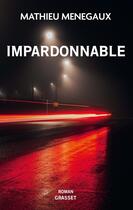-
Nombre de pages : (-)
-
Collection :
(-)
-
Genre :
(-)
-
Thème :
Non attribué
-
Prix littéraire(s) :
(-)
Résumé:
Nearly 40% of all Americans have no connection with organized religion. Yet many of these people, even though they might never step inside a house of worship, live profoundly spiritual lives. But what is the nature and value of unchurched spirituality in America? Is it a recent phenomenon, a New... Voir plus
Nearly 40% of all Americans have no connection with organized religion. Yet many of these people, even though they might never step inside a house of worship, live profoundly spiritual lives. But what is the nature and value of unchurched spirituality in America? Is it a recent phenomenon, a New Age fad that will soon fade, or a long-standing and essential aspect of the American experience?
In Spiritual But Not Religious, Robert Fuller offers fascinating answers to these questions. He shows that alternative spiritual practices have a long and rich history in America, dating back to the colonial period, when church membership rarely exceeded 17% and interest in astrology, numerology, magic, and witchcraft ran high. Fuller traces such unchurched traditions into the mid-nineteenth century, when Americans responded enthusiastically to new philosophies such as Swedenborgianism, Transcendentalism, and mesmerism, right up to the current interest in meditation, channeling, divination, and a host of other unconventional spiritual practices. Throughout, Fuller argues that far from the flighty and narcissistic dilettantes they are often made out to be, unchurched spiritual seekers embrace a mature and dynamic set of basic beliefs. They focus on inner sources of spirituality and on this world rather than the afterlife; they believe in the accessibility of God and in the mind's untapped powers; they see a fundamental unity between science and religion and an equality between genders and races; and they are more willing to test their beliefs and change them when they prove untenable.
Timely, sweeping in its scope, and informed by a clear historical understanding, Spiritual But Not Religious offers fresh perspective on the growing numbers of Americans who find their spirituality outside the church.
Donner votre avis



